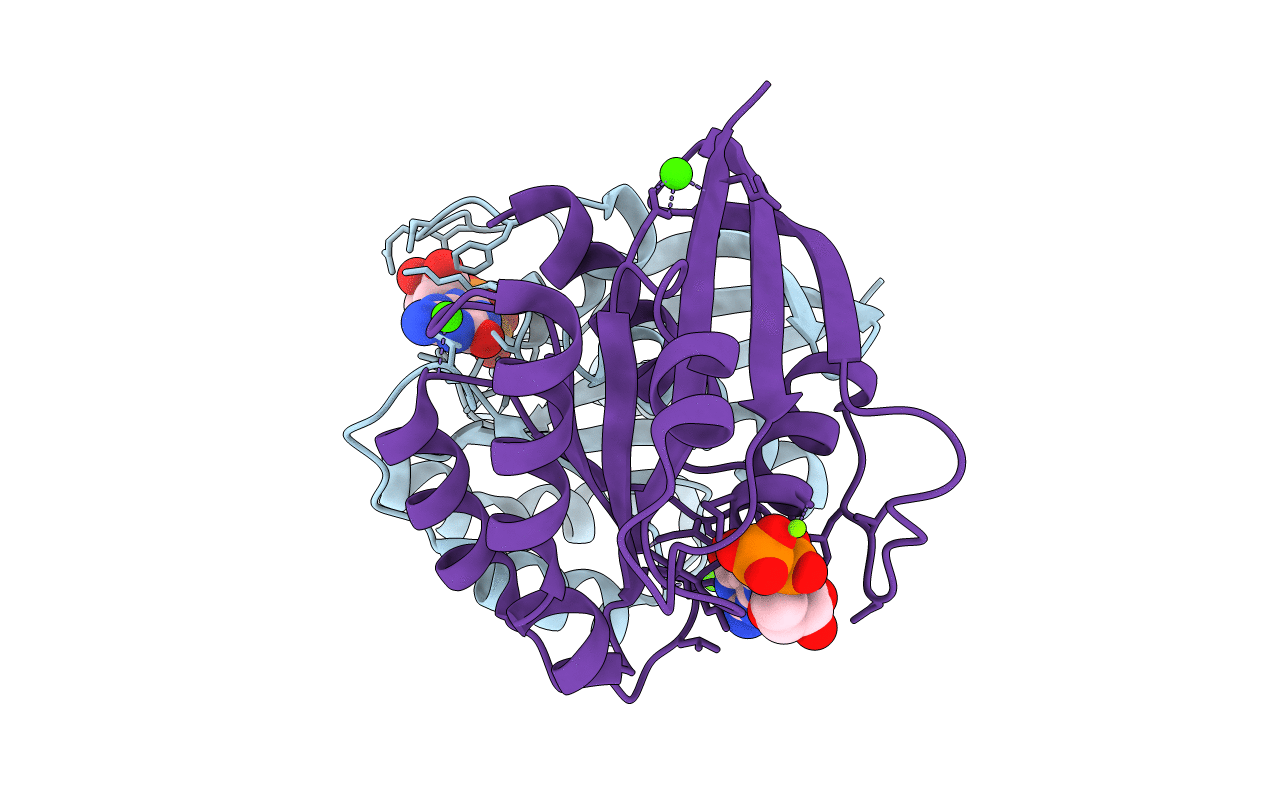
Deposition Date
2020-07-23
Release Date
2022-03-02
Last Version Date
2023-10-18
Method Details:
Experimental Method:
Resolution:
1.53 Å
R-Value Free:
0.20
R-Value Work:
0.15
R-Value Observed:
0.16
Space Group:
P 1


